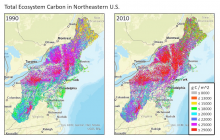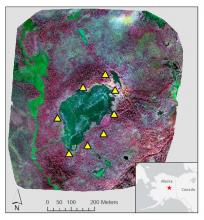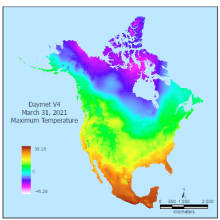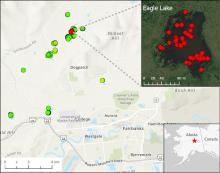Updated Global Mangrove Distribution and Characteristics Dataset
Globally the tallest mangrove forests in coastal Gabon are estimated up to 63 m. The photo insets show locations where individual trees were measured in situ up to 65 m tall (Simard et al., 2019).









